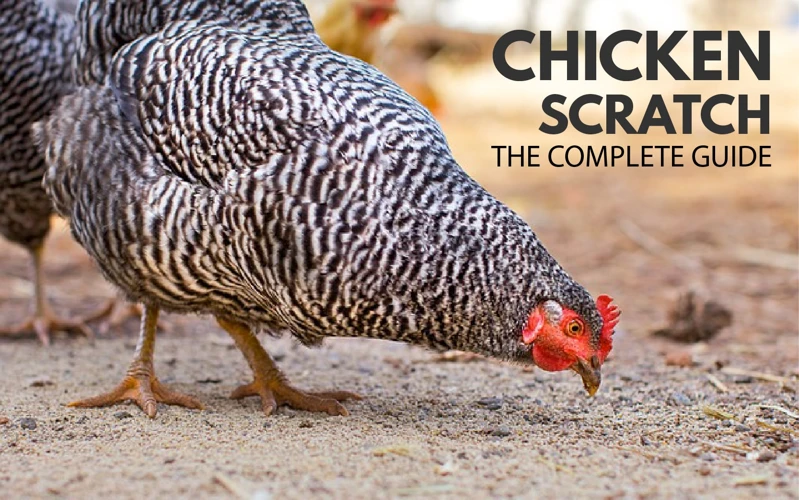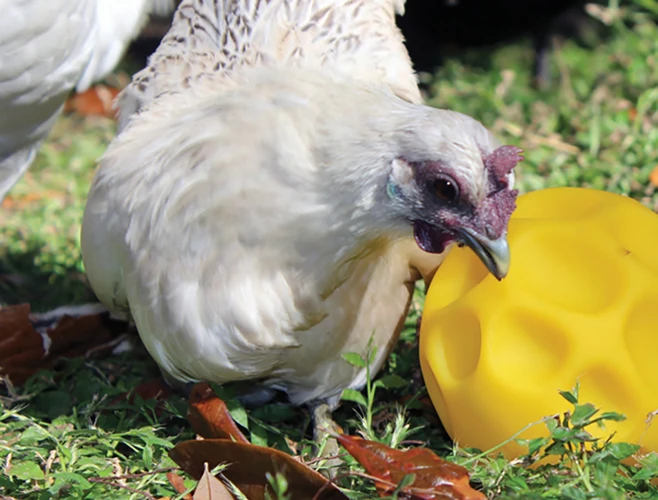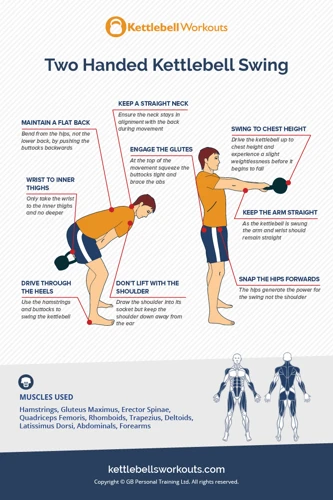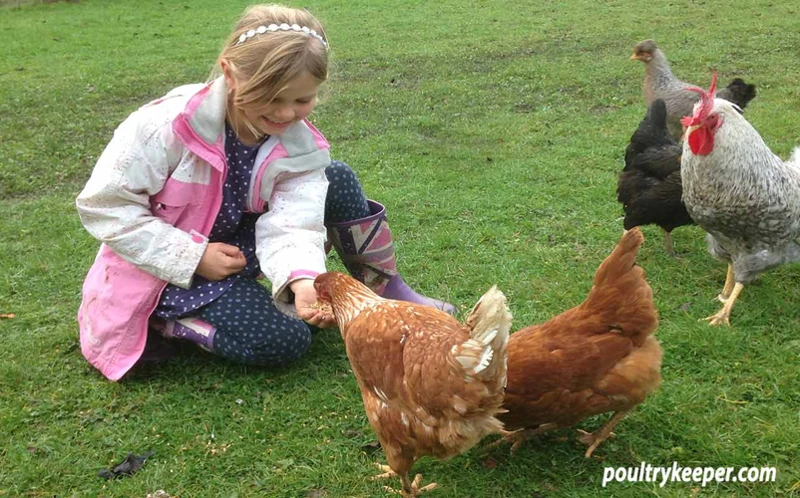Chicken picking is a popular technique in country and bluegrass music, known for its distinct, rhythmic sound. The technique involves using a pick to pluck individual strings in a quick, precise manner, creating a unique sound that stands out in any genre. But beyond its musical benefits, chicken picking also offers a number of physical and mental health advantages. In this article, we’ll explore the many benefits of chicken picking and how you can get started with this technique today.
Improved Finger Strength and Dexterity
One of the most obvious benefits of chicken picking is the improvement in finger strength and dexterity. The technique requires a high level of precision and control, which can help to build up the muscles in your fingers and hands. This can be especially beneficial for guitarists who are looking to improve their overall playing ability, as stronger fingers and improved dexterity can make it easier to play complex chords and solos.
Stress Relief
Playing music has long been known for its stress-relieving benefits, and chicken picking is no exception. The repetitive, rhythmic nature of the technique can help to calm the mind and reduce feelings of anxiety and stress. Additionally, the focus required to properly execute chicken picking can help to take your mind off of other worries and concerns, providing a much-needed break from the stresses of daily life.
Increased Creativity
Chicken picking is a highly creative technique that allows guitarists to explore new sounds and textures. The ability to pluck individual strings in a precise manner opens up a world of possibilities for creating unique and interesting melodies and harmonies. This can be a great way to break out of a musical rut and rediscover your passion for playing.
Improved Rhythm and Timing
Chicken picking is all about rhythm and timing. The technique requires a high level of precision and control, which can help to improve your overall sense of rhythm and timing. This can be especially beneficial for guitarists who are looking to improve their ability to play with a band or ensemble, as a strong sense of rhythm and timing is essential for keeping time and playing in sync with other musicians.
Enhanced Focus and Concentration
Chicken picking requires a high level of focus and concentration. The technique involves plucking individual strings in a precise manner, which requires a great deal of mental effort and attention. This can be a great way to improve your overall focus and concentration, which can have a positive impact on other areas of your life as well.
Increased Hand-Eye Coordination
Chicken picking requires a high level of hand-eye coordination. The technique involves using your eyes to guide your fingers as they pluck individual strings, which can help to improve your overall hand-eye coordination. This can be especially beneficial for guitarists who are looking to improve their overall playing ability, as good hand-eye coordination is essential for playing complex chords and solos.
A Sense of Accomplishment
Chicken picking is a challenging technique that requires a lot of practice and dedication. But the sense of accomplishment that comes from mastering the technique is well worth the effort. The ability to play chicken picking with precision and control can be a great source of pride and satisfaction, and can help to boost your confidence and self-esteem.
A Fun and Engaging Hobby
Chicken picking is a fun and engaging hobby that can provide hours of enjoyment. The technique is versatile and can be used in a wide variety of musical styles, from country and bluegrass to rock and pop. This makes it a great way to explore new genres and discover new musical passions.
A Way to Connect with Others
Chicken picking is a social activity that can be enjoyed with others. Whether you’re playing with a band or ensemble, or simply jamming with friends, chicken picking provides a great way to connect with other musicians and share your love of music. This can be a great way to build new friendships and strengthen existing ones.
Looking to explore the world of chicken picking guitar technique? Check out our articles on beginner’s guide to chicken picking, advanced chicken picking patterns, and improving alternate picking. Interested in creating country licks with hybrid picking? We’ve got you covered! Don’t miss our article on hybrid picking for country licks. And if you want to learn some chicken picking country songs, we’ve got a list for you to explore!
Conclusion
Chicken picking is a popular technique in country and bluegrass music, known for its distinct, rhythmic sound. But beyond its musical benefits, chicken picking also offers a number of physical and mental health advantages, including improved finger strength and dexterity, stress relief, increased creativity, improved rhythm and timing, enhanced focus and concentration, increased hand-eye coordination, a sense of accomplishment, a fun and engaging hobby, and a way to connect with others. So why not give chicken picking a try and see what benefits it can bring to your life?





